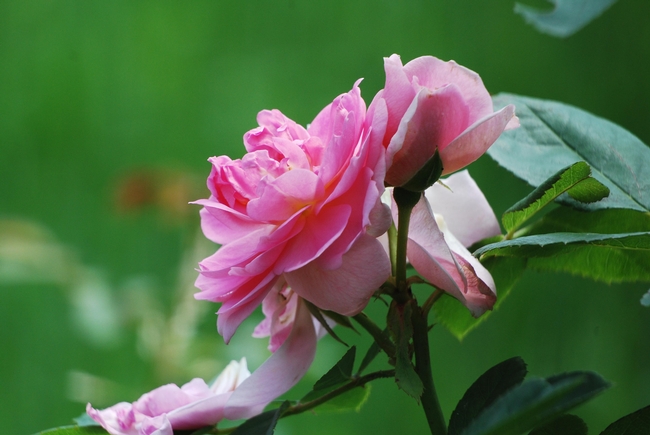“Greening” up your Valentine’s Day gift
Valentine's Day is one of the most demanding holidays in the cut-flower industry. Consumers struck by Cupid's arrow spend more than $1.9 billion on cut flowers alone. To prepare for the enormous demand for roses, growers produce an estimated 233 million roses, according to an About Flowers research study.
California Growers Making Changes
While many consumers are thinking about love – few are thinking about the impact the cut-flower industry is making on the environment. Since 1990, California has required the agricultural industry to report on all pesticide use, this includes detailed pesticide reporting for the cut flower industry.
Research shows pesticide use in California cut-flower production declined by almost 50 percent from 2001 to 2010. According to a recent UC Division of Agriculture and Natural Resources (UC ANR) article, there are many reasons for the reduction including increased rules and regulations, early pest infestations practices, a new generation of organic growers and increased public awareness.
California cut-flower farmers have vastly improved their pesticide use and policies over the past decade. The state currently produces 60 percent of roses sold in the U.S. each year, but growers simply can't keep up with the Valentine's Day surge in demand during the cold winter months when production slows. These factors contribute to a vast majority of the roses sold in February being imported from Columbia and Ecuador.
Impact of Imported
In a typical year, between 85 percent and 95 percent of the most common fresh cut flowers sold in the U.S. are imported from Colombia or Ecuador, according to an article in One Green Planet. With fewer restrictions on pesticides in South America, the environmental impact of growing roses in these countries can be devastating.
“To cultivate that perfect rose, growers often resort to chemical weed and insect killers,” Alejandro Boada of Universidad Externado de Colombia states in an article in Organic Bouquet. “Pesticides have been found 300 to 400 meters deep in the soils, which have been unable to filter these poisons. Meanwhile, demand for water has also been found to strain local aquifers, on which other farms depend.”
Not only does aggressive pesticide use in these countries have a destructive environmental impact, their fragile imported roses often have to fly thousands of miles to wholesale warehouses and transported in energy-guzzling refrigerated trucks before reaching the flower shop cooler.
Alternatives for Your Valentine
Don't worry, there are plenty of romantic alternatives with a smaller carbon footprint for your Valentine this year!
- Give a native plant. Native plants thrive in your local environment and provide food for pollinators like bees and butterflies.
- Find a local flower grower in your town using The Association of Specialty Cut Flower Growers online U.S. database. Not only are you supporting a small often-times family-based farm, you are investing money back into your local economy.
- Connect with fresh, beautiful, organically raised flowers using an online database from Local Harvest.
- For a food-lover, potted herbs make a great gift.
- Gardeners love collections of seed packets for a bountiful summer harvest garden.
Learn about growing roses for your Valentine in your own garden by joining the UC Master Garden Program in your area.



Posted by Brook Gamble on February 13, 2014 at 9:52 AM